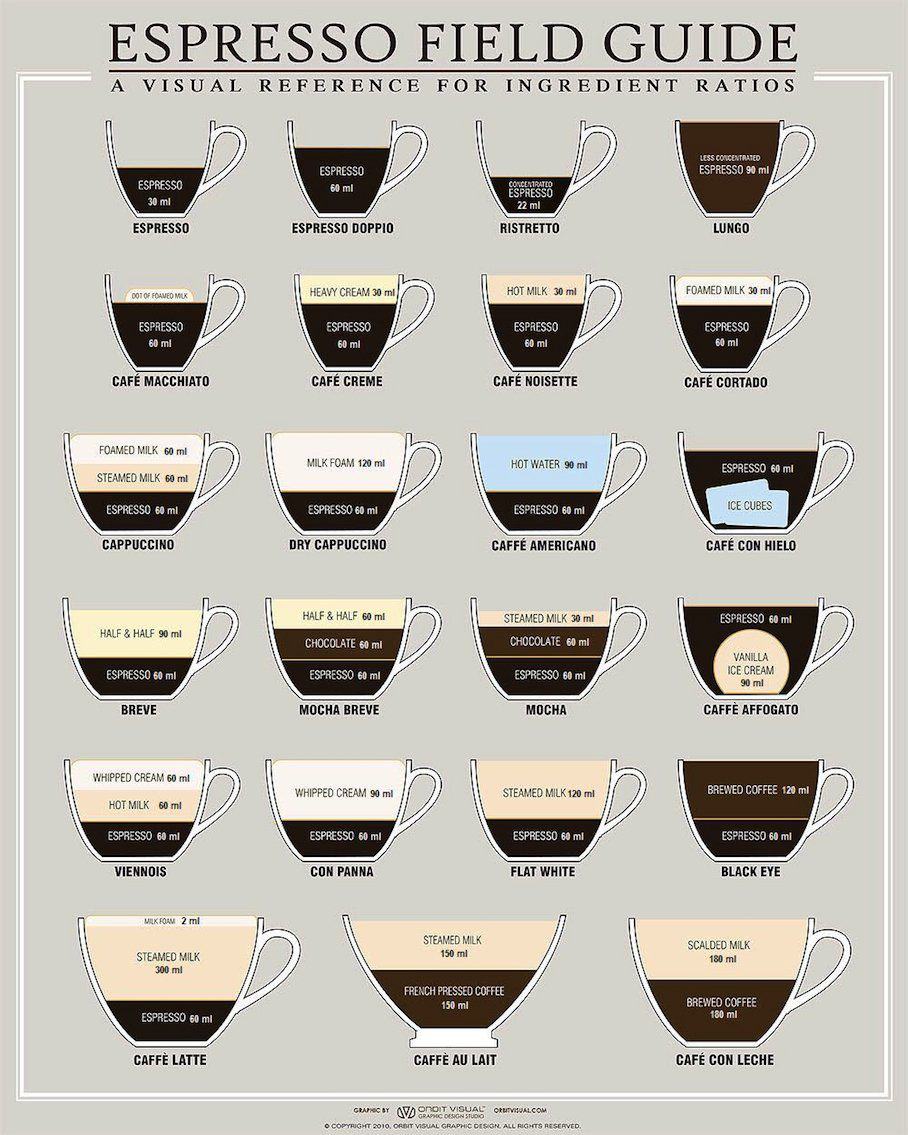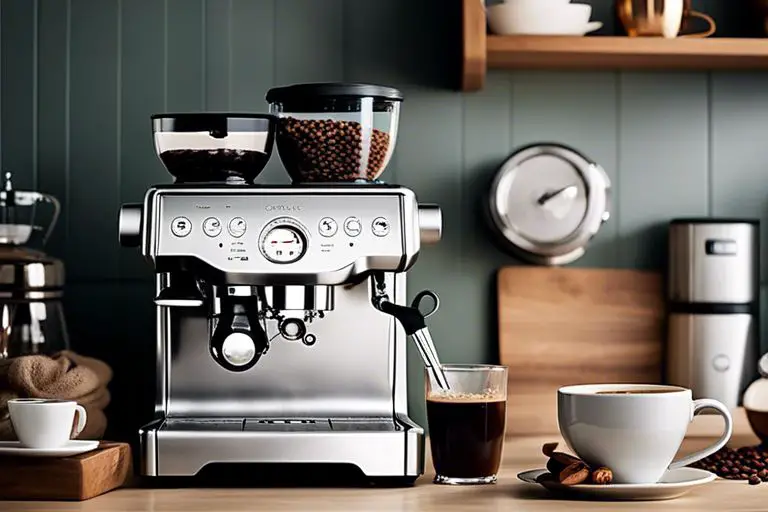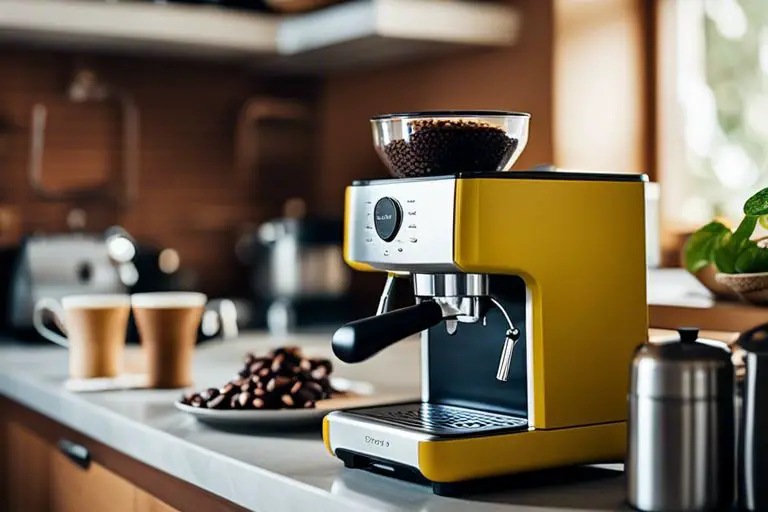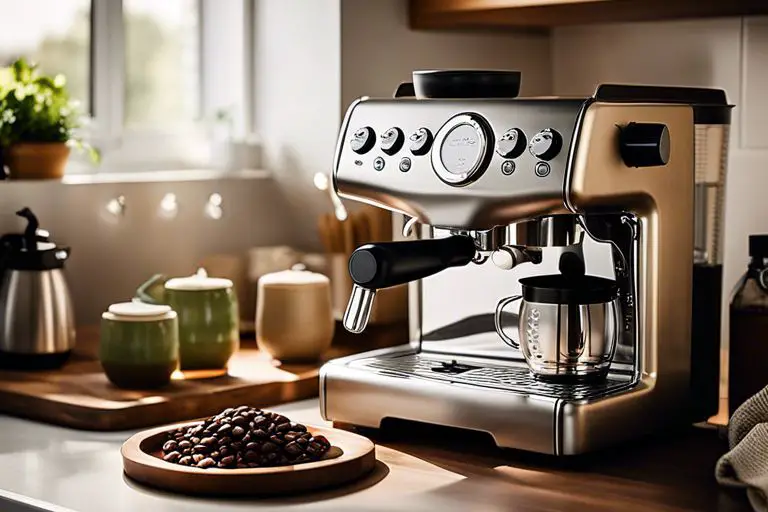There can be a significant amount of confusion over the ingredients of different coffee-based drinks and more importantly what the different proportions of each ingredient should be.
You will be confused no more over the difference between Cappuccino and Latte. I will break down for you exactly what each coffee-based drink is, what it is made up of and why there can be so much confusion.
Why all the confusion?
The reason why you will always get something slightly different wherever you go is that there is no rule book. It’s not like maths where 3 x 3 is always 9, with coffee it has kind of been made up over time and is very much open to interpretation.
Depending on which country you live in and which countries you travel to you will always be served up something different if you ask for a Cappuccino or a Latte.
The word Cappuccino dates back to the 16th Century in Italy and derives from a bunch of Monks called “Capuchin”. The rest of the history is a bit boring but the Italians are for the sure the inventors of the Cappuccino so if they started it then it’s only fair that we should use them as the benchmark for how all Cappuccino’s and Lattes should be made.
So Italy gets the nod for how to make a cappuccino properly and I will go through exactly how it is done shortly.
I have drunk coffee in a number of different countries and can confirm that it is different wherever you go but I live in the UK and that is where I have drunk most of my coffee both at home and in a broad range of the most popular high street chains as well as a whole bunch of independents.
Wherever you go in the UK you will get something different. Even the big boys of the UK coffee market can’t even agree. You would think that the likes of Starbucks, Café Nero and Costa would be able to get their act together and standardise it but no.
Sure, they will all give you 2 shots of espresso for both a Cappuccino and a Latte but that’s where it ends. Depending on which coffee shop you go into you will get a different sized cup for each drink.
Even worse the volume of liquid that goes into each cup will be different if you have a takeaway drink compared to having your drink in a real cup if you want to sit in.
What about the quality of staff that you get making your drink? Well, as a general rule they simply do not care. I’m sure they get some kind of training but the reality is they are not interested. As a general rule that I have observed whenever it comes to adding milk they simply fill it up to the top regardless of whether you asked for a Cappuccino or a Latte which is completely wrong.
You may think that I am being a bit fussy here but you are paying upwards of £3 sometimes for a drink that costs £0.30p and therefore it should be served to you correctly shouldn’t it?
No wonder that we get confused when it comes to the different drinks so let me explain.
Cappuccino
This the most famous of all coffee drinks. Say the word Cappuccino anywhere in the world and they will know what you mean.
Italy is the only country that I have been to where they know how to serve this drink consistently correctly.
The correct ratio for a Cappuccino is one part espresso, one part steamed milk and one part milk foam.
So the typical cappuccino would contain a double shot of espresso with a total liquid volume of 60ml, 60ml of steamed milk and then topped off with milk foam.
You know that it is right when the colour of the coffee is like a deep chocolatey brown. If the coffee starts to become a light brown colour then too much milk has been added.
To a certain extent the foam serves no real purpose except that it makes the drink look good and if you are getting really picky then you could argue that it adds to the sensory experience.
If you do the foam correctly it will have a structure that is not too solid but solid enough that it sits on top of the milk.
With a cappuccino, you need to be able to taste a strong coffee flavour that has been diluted by the milk but is still predominantly coffee-based with a subtle milky creaminess.
A number of things can make a cappuccino taste wrong. Firstly make sure you get a decent espresso machine as you need to deliver the coffee into the cup at 93 degrees otherwise the flavour will be impaired.
Probably the biggest reason for a poor Cappuccino is burnt milk. If the milk is too hot when steamed then it will start to burn and will basically ruin your coffee.
The coffee shops tend to do this which is pretty annoying when you are paying £3 for a cappuccino. The funny thing is they always look perplexed when you bring it back for the milk being too hot.
That pretty much wraps up what makes the perfect cappuccino and what to look out for in order to not ruin it.
Before we move on to Latte’s it is worth mentioning that the best preparation in the world will not create a great drink without the best coffee.
I can’t stress how important it is to make sure you spend a little more and get the good stuff. Buy fresh coffee beans and grind them just before brewing to ensure the best possible experience.
Latte
The milkier brother of the Cappuccino has had its name shortened from caffe latte which is the Italian for milk coffee.
If in Italy be careful not to order a Latte as you will be brought a glass of milk!
A Latte is very closely related to a Cappuccino. Where a Cappuccino is one part espresso and one part milk a Latte is one part espresso and 4 or 5 parts milk.
So a double espresso will be around 60ml and to get to a Latte add around 250 to 300ml of milk.
This will significantly dilute the coffee and will give the drink more of a milky flavour rather than coffee.
You now have a detailed breakdown of exactly the difference between a Cappuccino and a Latte and what constitutes the difference.
Other Espresso based drinks
Cappuccino and Latte are the two most popular drinks but whilst we are here we may as well take a look at some of the other popular espresso-based drinks and maybe some of the not so popular.
Flat white is becoming more popular each year. It’s similar to a cappuccino but is one part espresso and two parts milk.
For black coffee lovers that find straight espresso a bit strong, you can add some water to get a Lungo and if you add even more water it turns into an Americano.
That covers probably 90% of the drinks that most people will order on a day to day basis but if you want more take a look at the 23 different espresso-based drinks in this image and perhaps next time you can try a mocha or a café creme.




